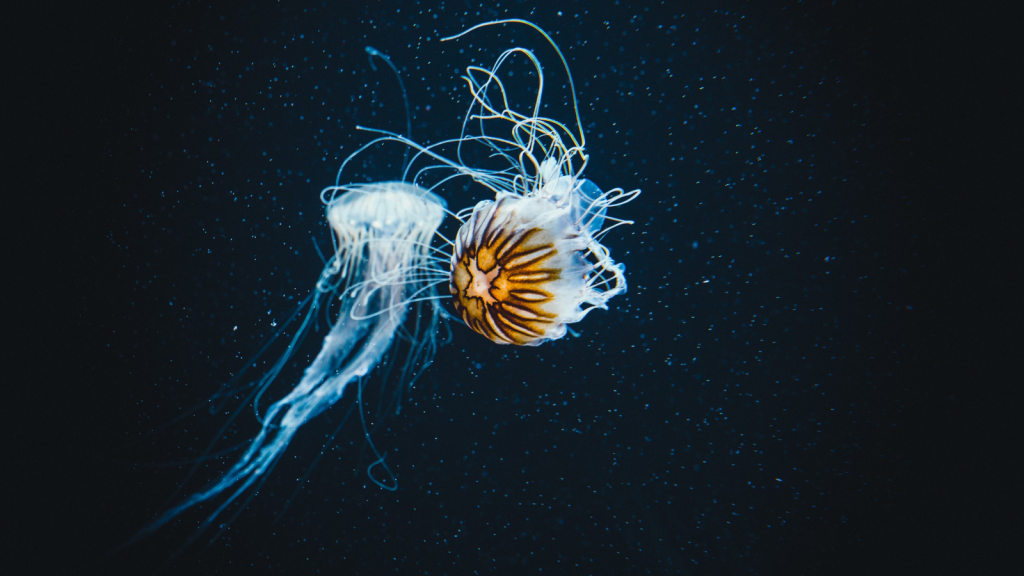Nature never fails to amaze us with its incredible variety of life forms. While we often think of plants and animals as distinct categories, some organisms challenge this simple classification. These peculiar organisms possess characteristics of both kingdoms, making them fascinating subjects of study. From sea creatures that photosynthesize to plants that hunt and digest insects, these organisms showcase the complexity and ingenuity of life on Earth. Here are 15 extraordinary life forms that defy easy categorization and demonstrate just how blurry the line between plant and animal can be.
Venus Flytrap
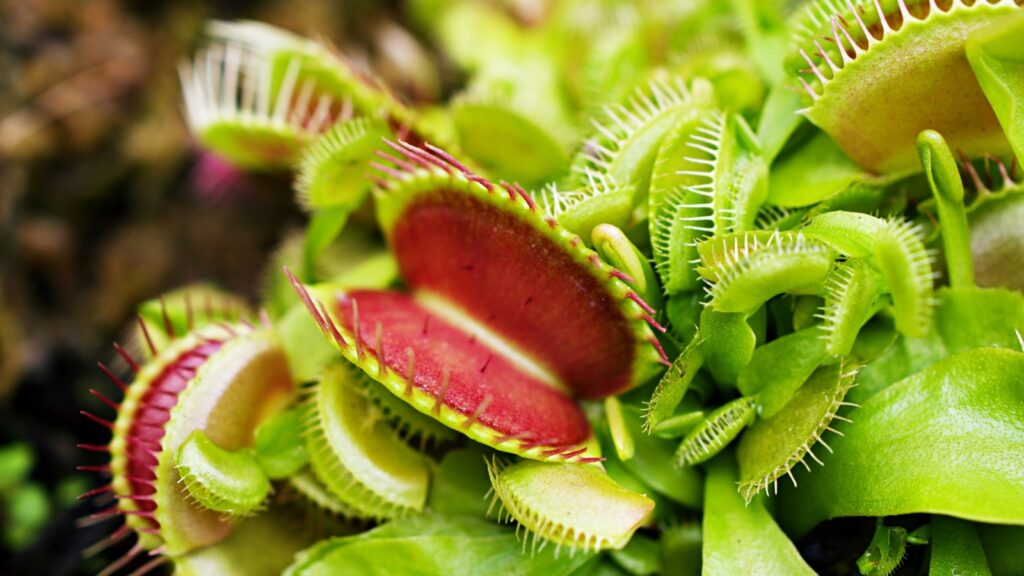
The Venus flytrap is a carnivorous plant native to the wetlands of North and South Carolina. It captures and digests insects using modified leaves that snap shut when triggered. This plant can count, remembering how many times its trigger hairs have been touched before closing its trap. Interestingly, the Venus flytrap can distinguish between living prey and non-food items, only fully digesting when it detects certain chemical compounds from its captured prey.
Sea Slug
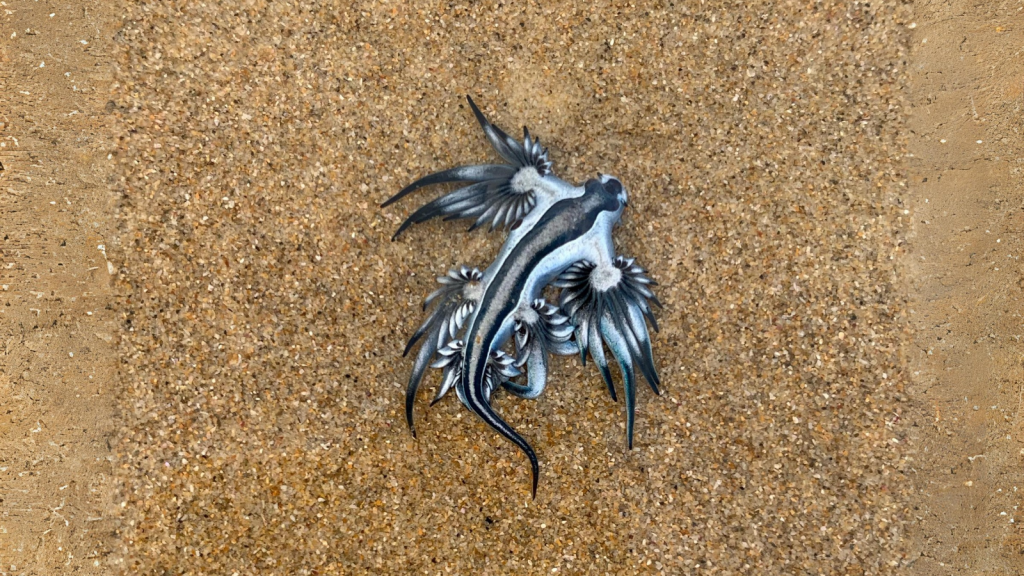
Some species of sea slugs, like Elysia chlorotica, can perform photosynthesis. These slugs eat algae and incorporate the algae’s chloroplasts into their own cells. This allows them to produce their own food through photosynthesis for several months. Remarkably, E. chlorotica can survive solely on photosynthesis for up to nine months, longer than any other known animal with this ability.
Euglena
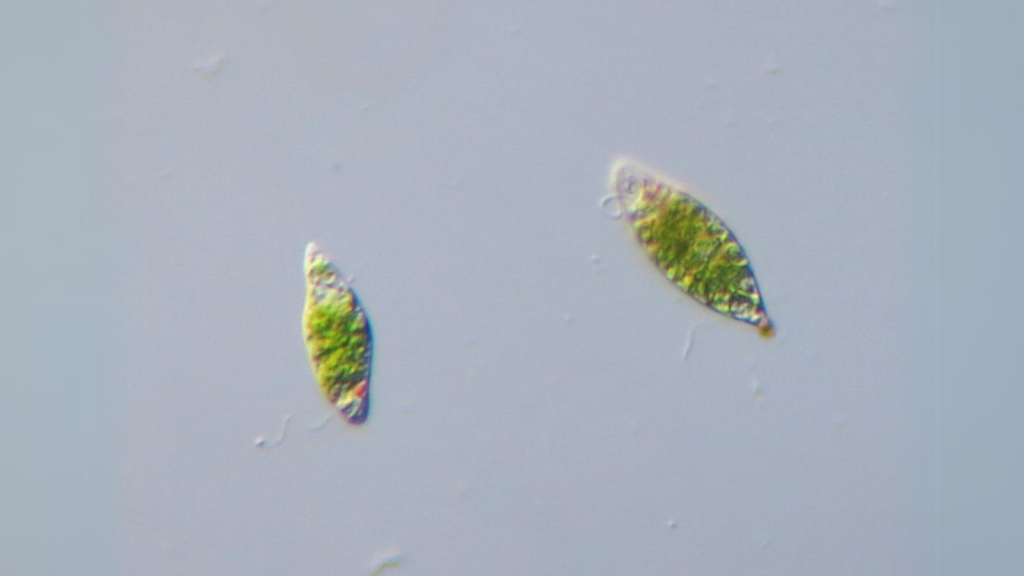
Euglena are single-celled organisms that can act like both plants and animals. They have chloroplasts for photosynthesis, but can also engulf food particles like animals. When light is scarce, they can switch from photosynthesis to consuming organic matter. Euglena also possess a unique eye-spot that helps them detect and move towards light sources, enhancing their photosynthetic capabilities.
Coral
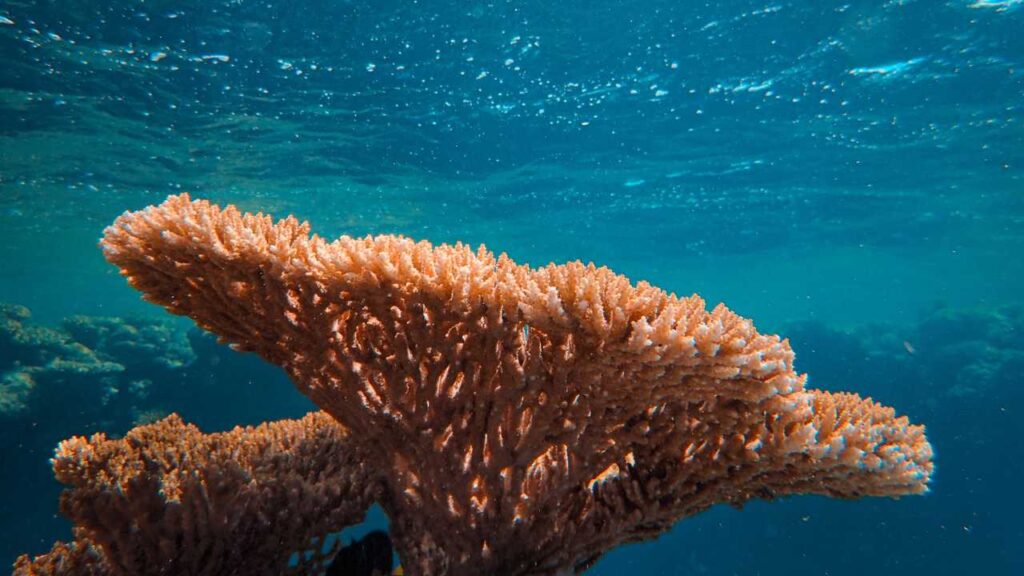
Corals are marine animals that form symbiotic relationships with algae. The algae live within the coral’s tissues, providing food through photosynthesis. In return, the coral provides a protected environment and compounds needed for photosynthesis. This mutualistic relationship is so efficient that it allows corals to thrive in nutrient-poor tropical waters, forming vast reef ecosystems.
Bladderwort

Bladderworts are carnivorous aquatic plants that capture tiny prey using bladder-like traps. These traps can suck in small aquatic animals in less than a millisecond, making them some of the fastest predators in the plant kingdom. Some bladderwort species can even catch and digest small fish fry, showcasing their impressive predatory capabilities.
Mixotrophs
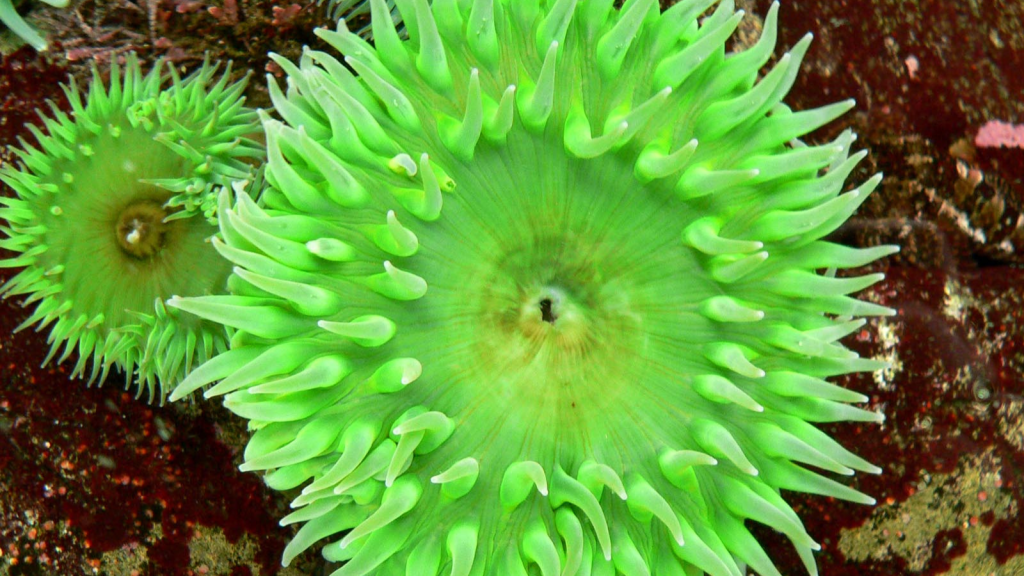
Mixotrophs are organisms that can use both photosynthesis and predation to obtain energy. Many species of dinoflagellates fall into this category. They can switch between these modes depending on environmental conditions. This versatility allows mixotrophs to thrive in a wide range of aquatic environments, from nutrient-rich coastal waters to the open ocean.
Mimosa Pudica

Also known as the sensitive plant, Mimosa pudica exhibits animal-like behaviour. Its leaves fold inward and droop when touched, shaken, or exposed to heat. This rapid plant movement, which occurs in seconds, is reminiscent of animal reflexes. The plant’s quick response is believed to deter herbivores and helps it conserve water in dry conditions.
Green Sea Slug
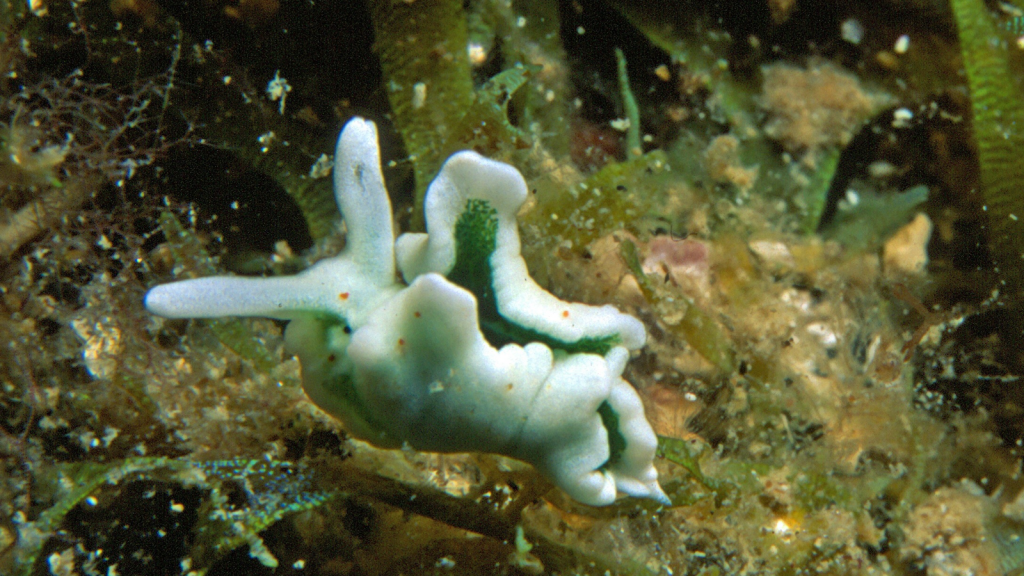
Elysia timida, another species of sea slug, can incorporate chloroplasts from algae into its own cells. This process, called kleptoplasty, allows it to survive for months without eating, relying solely on photosynthesis for energy. The slug’s body even turns green as it accumulates chloroplasts, earning it the nickname “leaves that crawl.”
Sundew
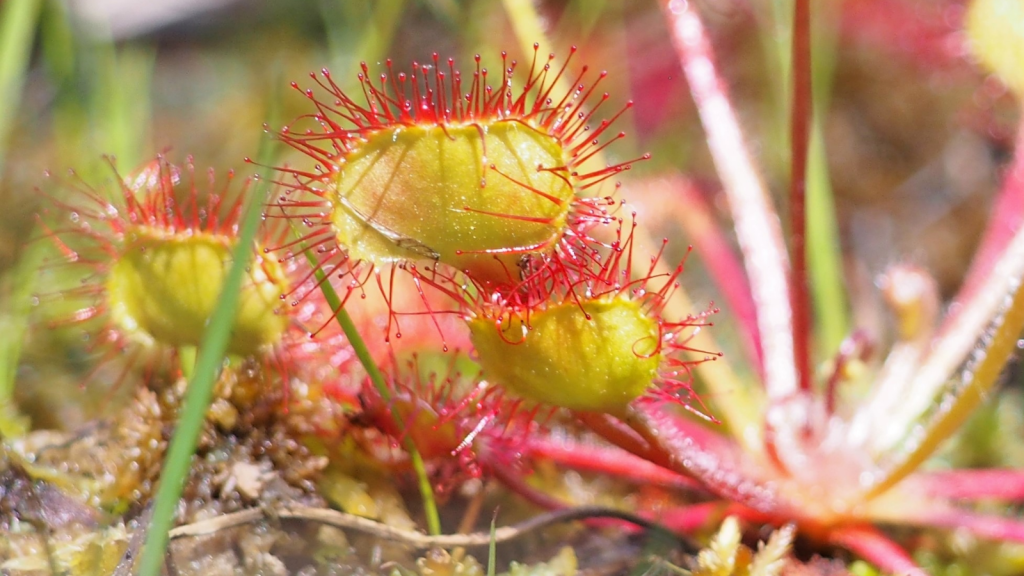
Sundews are carnivorous plants that catch insects using sticky tentacles on their leaves. Once an insect is trapped, the leaf slowly curls around it, secreting enzymes to digest the prey. This active movement is more commonly associated with animals. Some sundew species can even capture larger prey like damselflies and moths, expanding their nutrient sources beyond small insects.
Zoochlorellae
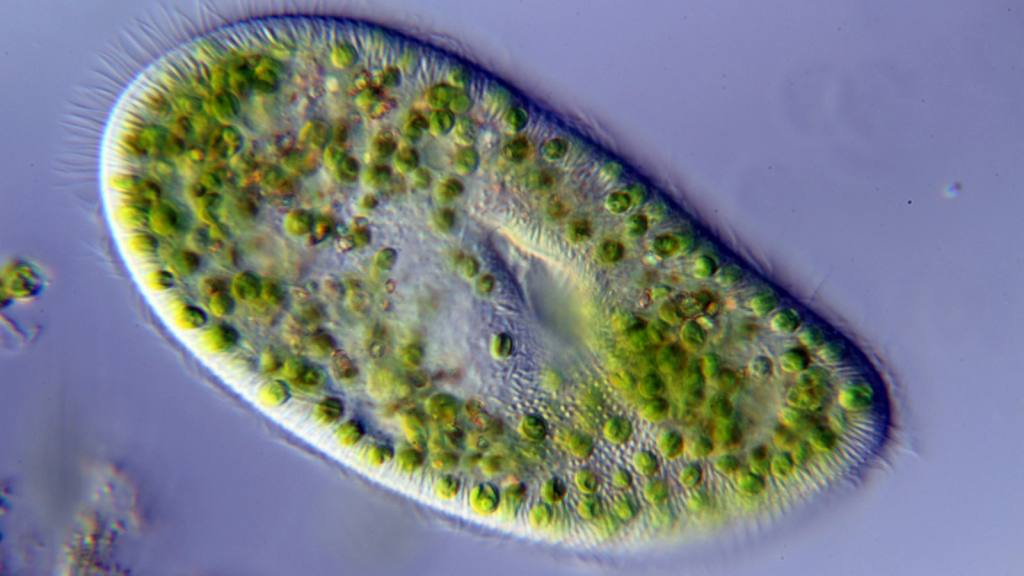
Zoochlorellae are algae that live inside the cells of various animals, including hydra, sea anemones, and some molluscs. They perform photosynthesis, providing food for their animal hosts in a symbiotic relationship. This partnership is so successful that some host animals, like the green hydra, have become dependent on their algal symbionts for survival.
Pitcher Plant
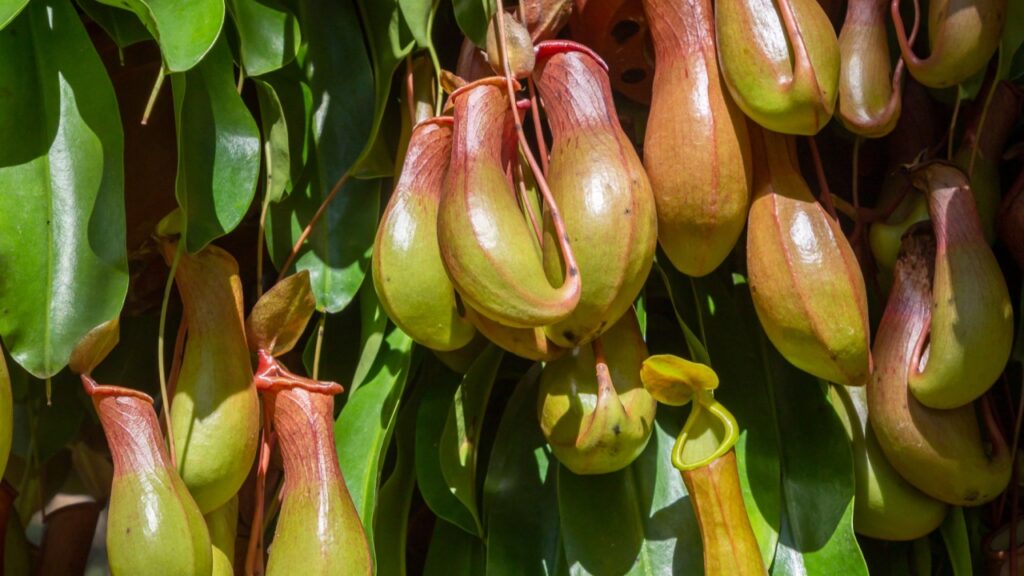
Pitcher plants are carnivorous plants that lure insects into their pitcher-shaped leaves. The insects slip on the smooth walls and fall into a pool of digestive enzymes at the bottom. Some species have even evolved to digest small vertebrates. The largest pitcher plant, Nepenthes rajah, can hold up to 3.5 litres of liquid and has been known to trap and digest small mammals like rats.
Cnidarians
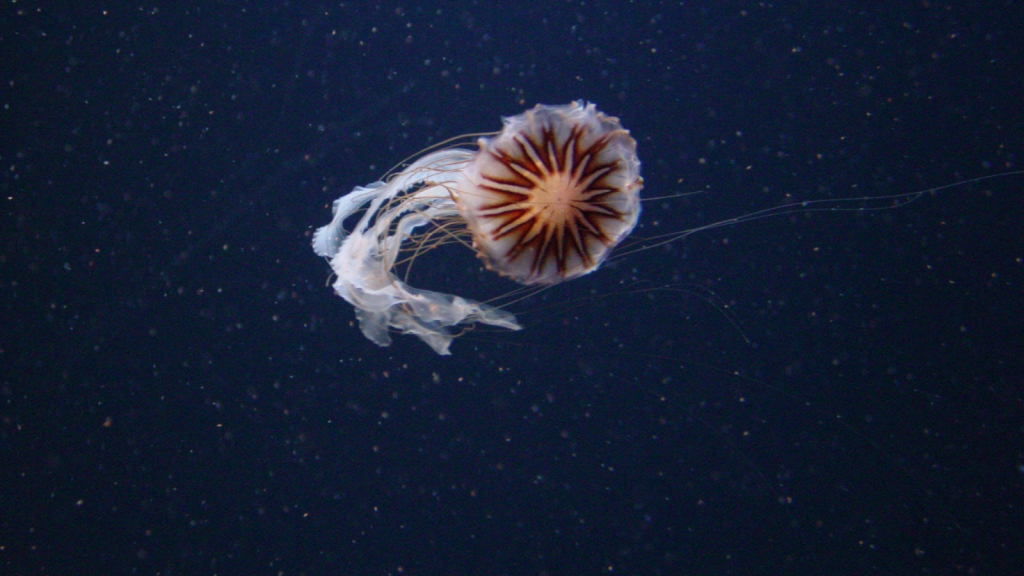
Cnidarians, including jellyfish and sea anemones, share characteristics with both plants and animals. While they can move and capture prey like animals, many species contain symbiotic algae that photosynthesize, contributing to their nutrition. Some cnidarians, like the immortal jellyfish Turritopsis dohrnii, can even reverse their life cycle, potentially living forever.
Flowering Watermeal
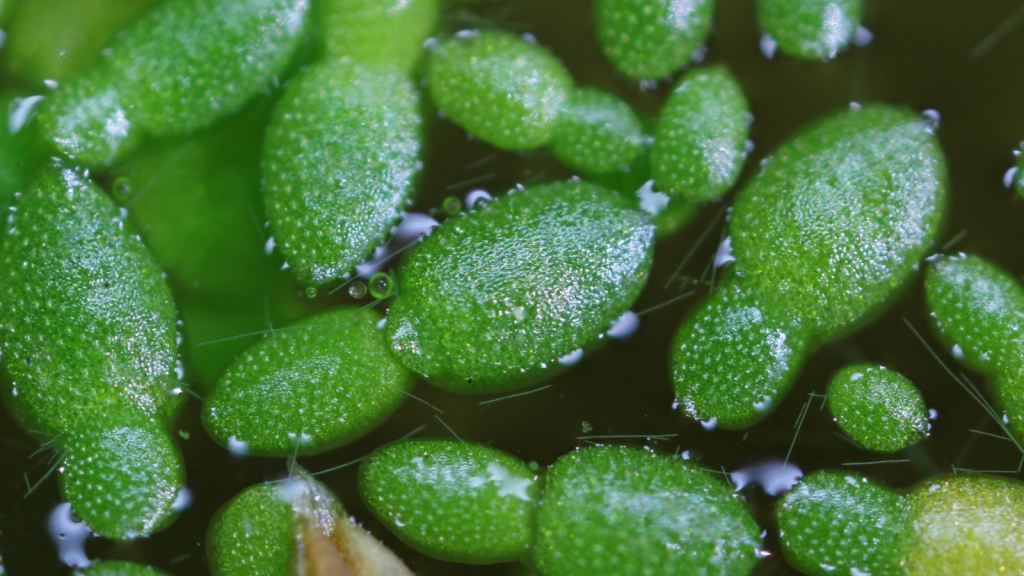
Wolffia, also known as watermeal, is the smallest flowering plant in the world. It floats on water surfaces and lacks roots, resembling tiny green beads. Its simple structure and aquatic lifestyle blur the line between plant and protist. A single Wolffia plant is so small that 10-15 plants could fit on the head of a pin, yet they can form dense mats on water surfaces.
Slime Molds
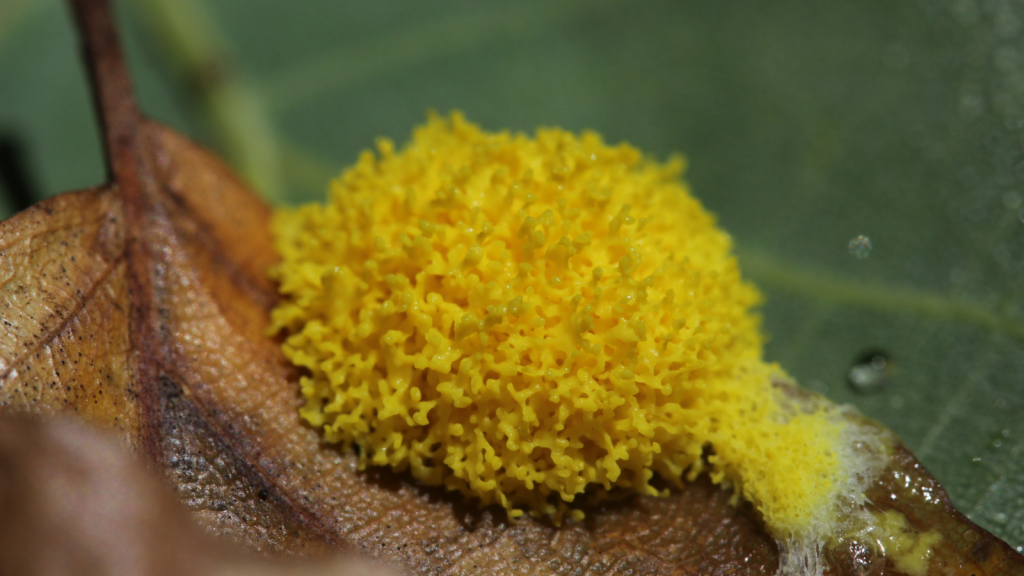
Slime molds spend part of their life cycle as single-celled organisms, similar to amoebae. However, they can also form multicellular structures that move and behave in ways reminiscent of both fungi and animals. Some slime molds, like Physarum polycephalum, can solve mazes and demonstrate basic learning abilities, challenging our understanding of intelligence in simple organisms.
Zooxanthellae
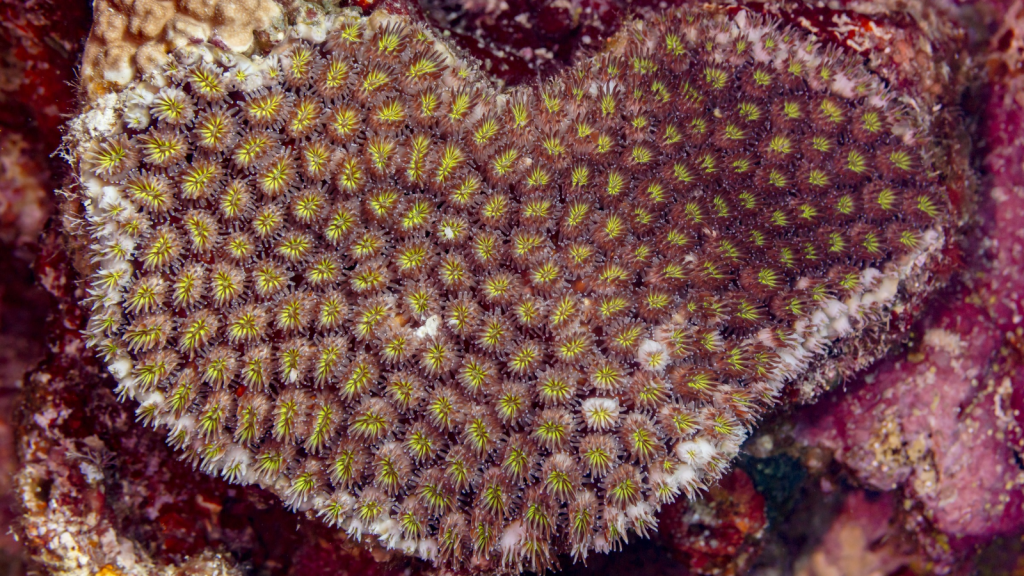
Zooxanthellae are single-celled algae that live within the tissues of many marine animals, including corals and giant clams. They photosynthesize, providing their hosts with essential nutrients. This relationship is so crucial that many coral species cannot survive without their algal partners. In fact, coral bleaching, a major threat to reef ecosystems, occurs when corals expel their zooxanthellae due to environmental stress.

